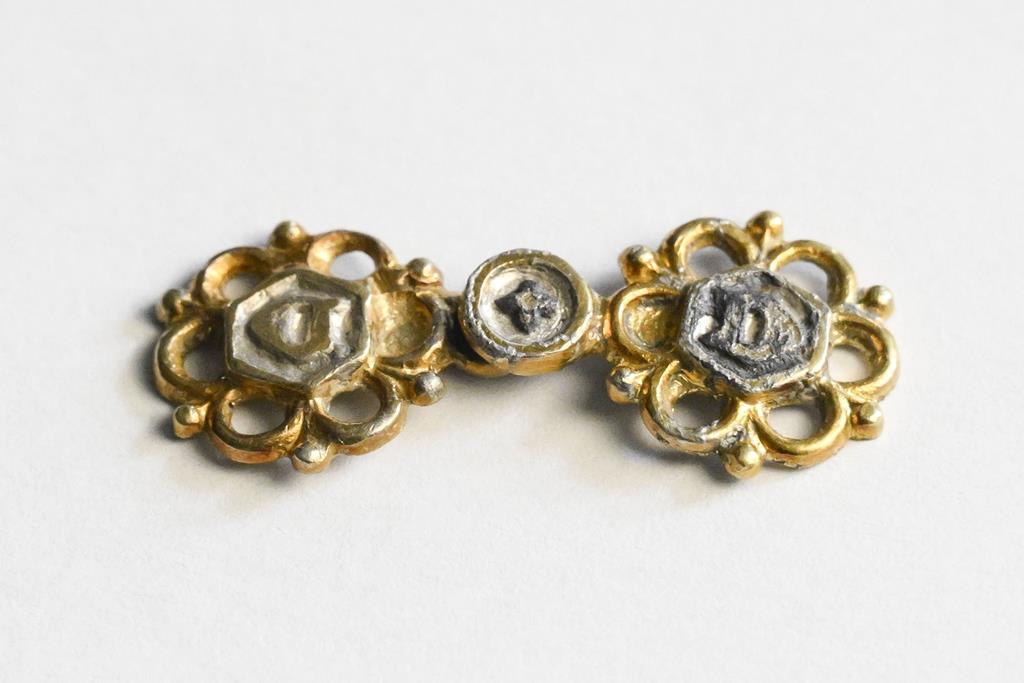Archaeologists found a lost royal palace in Visegrád with 700-year-old royal artefact

Hungarian archaeologists have unearthed the long-lost palace of Queen Elizabeth of Poland, the widow of King Károly Róbert and Queen of Hungary. In an intriguing discovery, scientists also stumbled upon a 700-year-old, lavishly adorned royal clothespin near the palace, confirming the residence of a wealthy and powerful woman in the 14th century.
As reported by archeologia.hu, the excavation took place at the royal palace and Franciscan monastery of Visegrád, conducted by experts from the King Mathias Museum and the National Museum’s Archaeological Institute.
Gergely Buzás, a Hungarian archaeologist and art historian, along with Andrea Deák, the director of the King Mathias Museum, identified a long-lost palace constructed in the 14th century, undergoing multiple modifications and extensions.
The project’s objective is to unveil the floor plans of all Medieval structures within the Visegrád Palace. Mr Buzás expressed plans to continue this archaeological venture into the next year, emphasising that these structures were predominantly crafted from wood during Charles I’s reign in the 1320s, when Visegrád gained status as a free royal city in 1323-1324.
Richly decorated royal clothespin found in Visegrád
Intriguingly, the palace was designed for Elizabeth of Poland, Queen of Hungary, the widow of Charles I, who governed as regent until her death in 1380 during the rule of her son, Ladislaus the Great (1342-1382). The recently uncovered palace was constructed for her and later dismantled during the reign of her granddaughter, Mary (1382-1385).
During the excavations, archaeologists discovered a finely embellished royal clothespin in the castle’s garden, providing tangible evidence of the opulent lifestyle of the palace’s former inhabitant. Such pins remained fashionable until the 16th century.

The significance of this project lies in shedding light on the original appearance of the Visegrád palace in the 14th century, as the current structure primarily reflects the modifications made by Mathias I (1456-1490).
The goal is to complete the entire restoration of the Visegrád castle by 2035, coinciding with the 700th anniversary of the Congress of Visegrád, a historic summit forming an anti-Habsburg alliance among Kings John I of Bohemia, Charles I of Hungary and Casimir III of Poland. Visuals of the reconstructed palace offer a glimpse into the historic grandeur envisioned for the landmark:
You may find some more visuals in this Facebook post:
Source:





